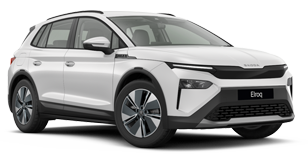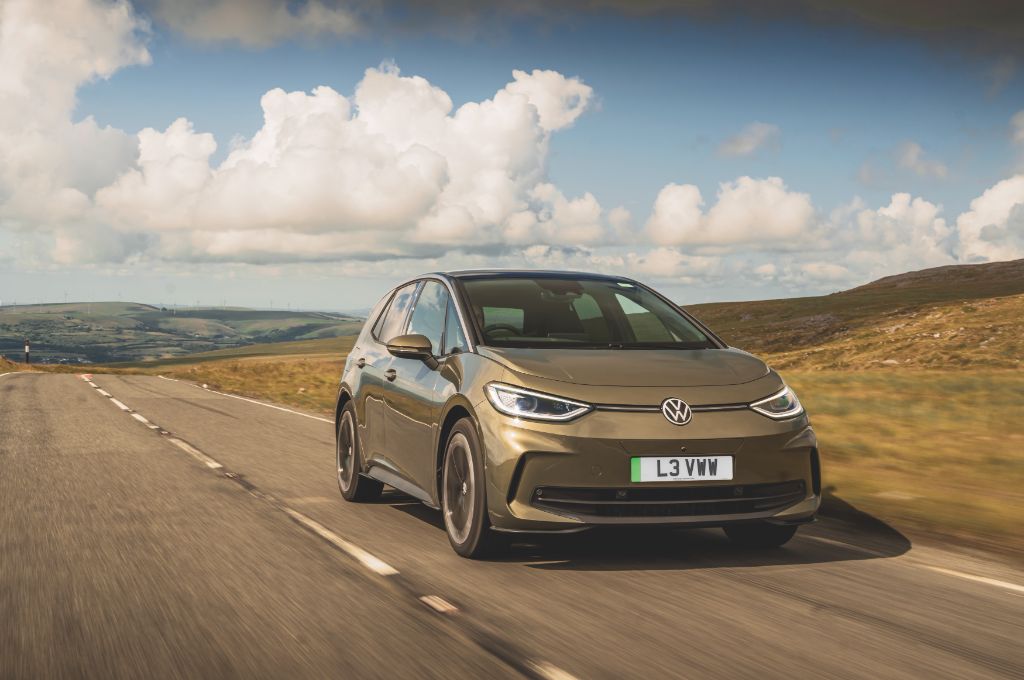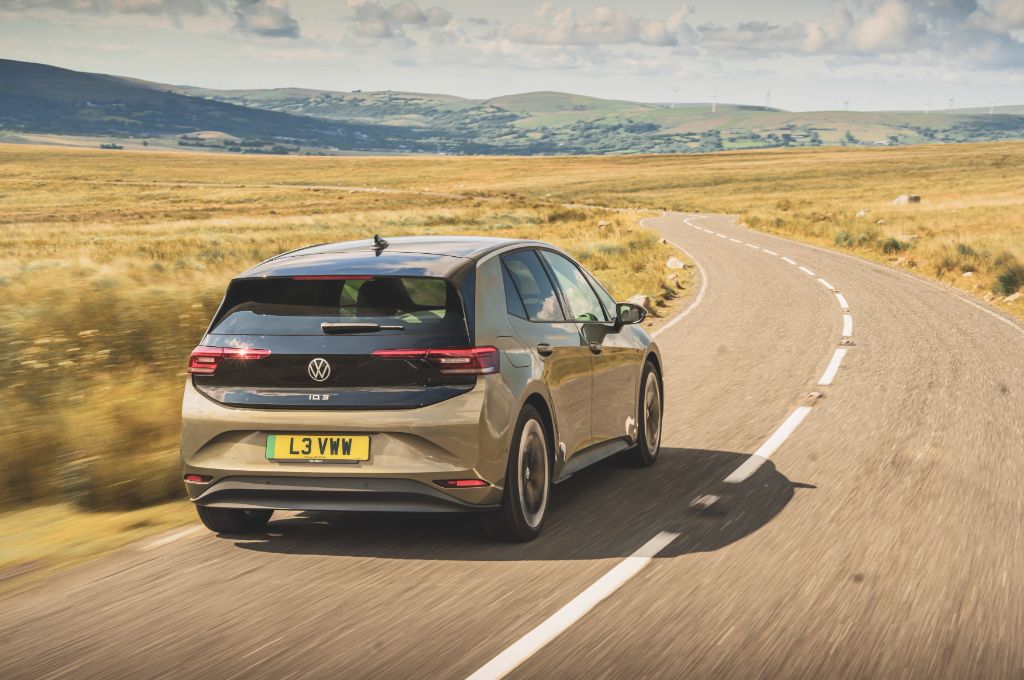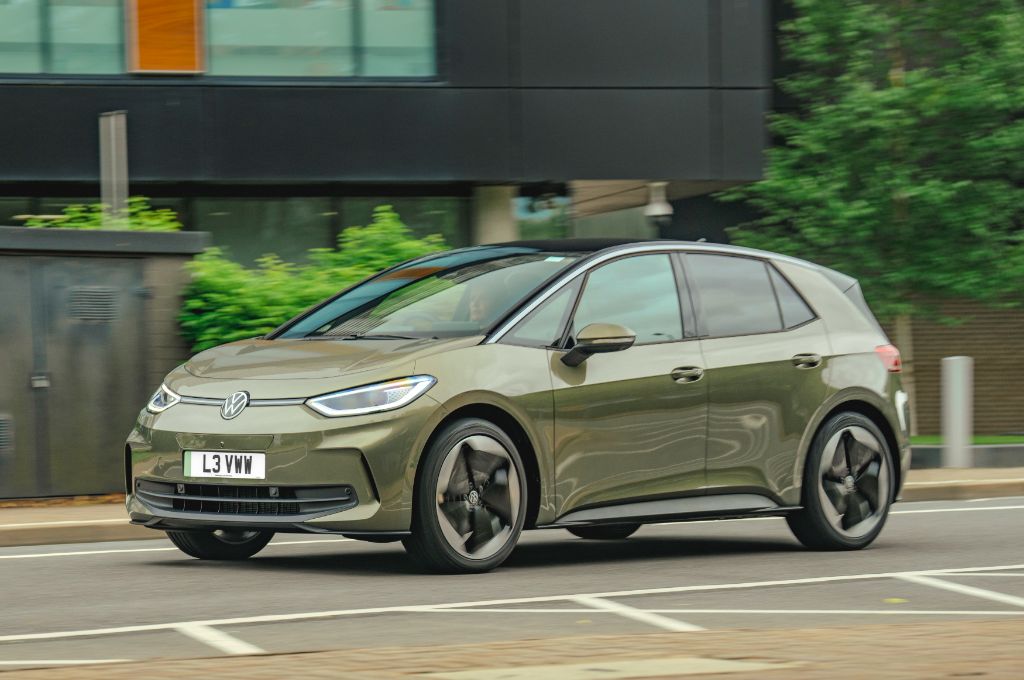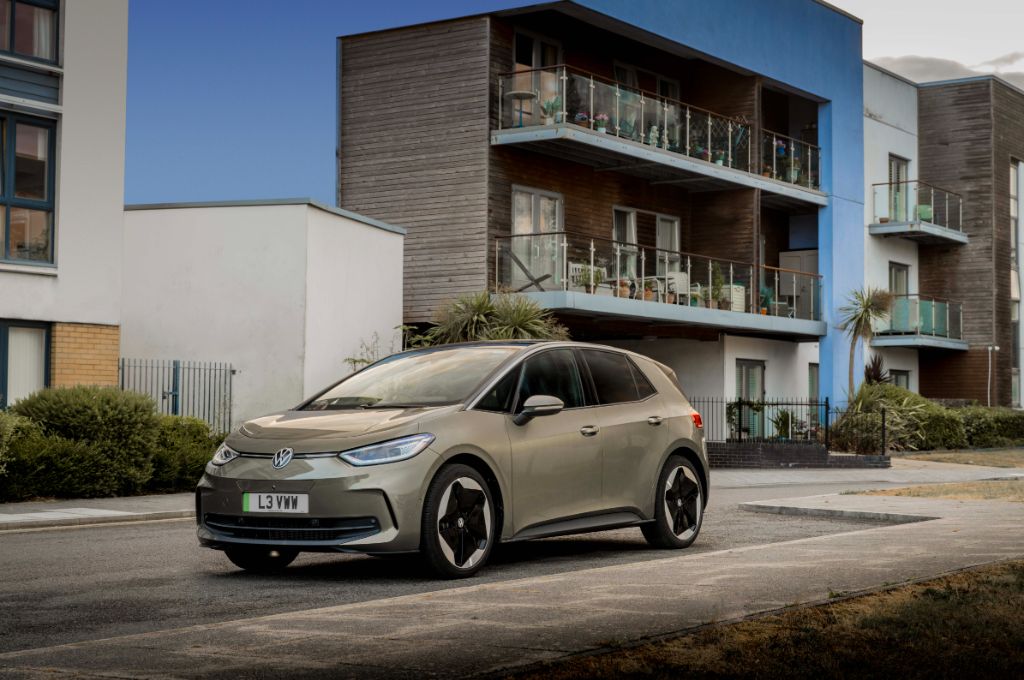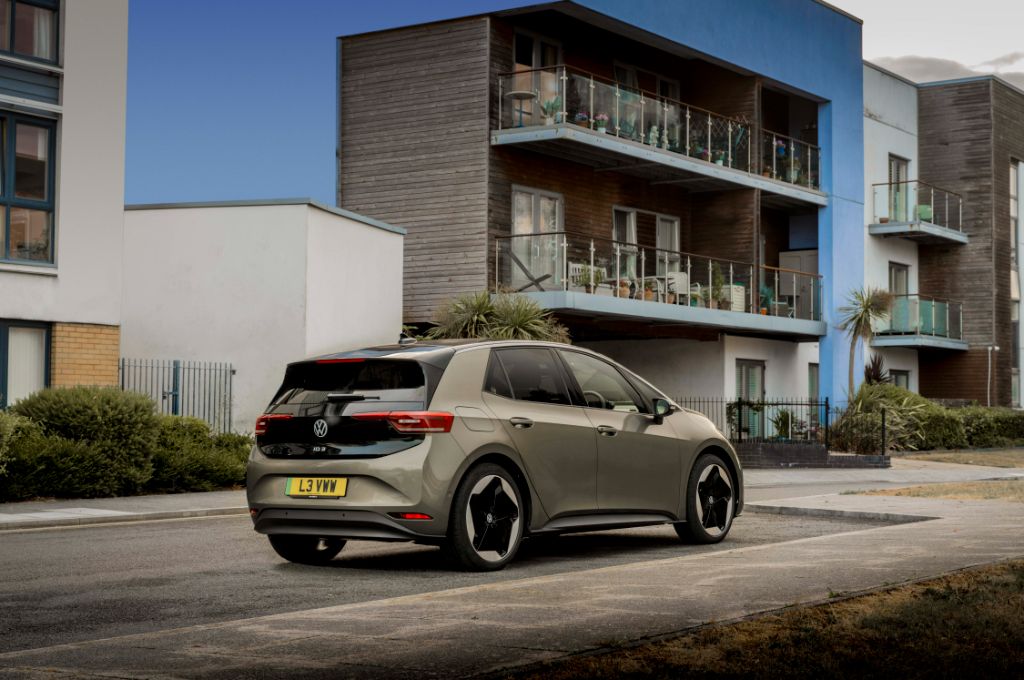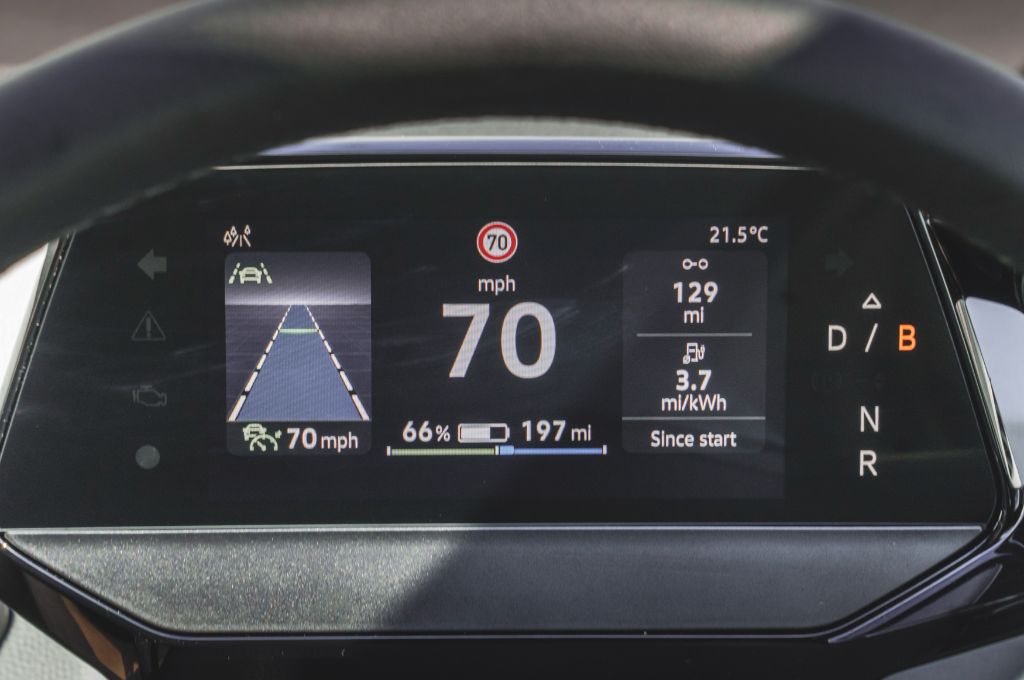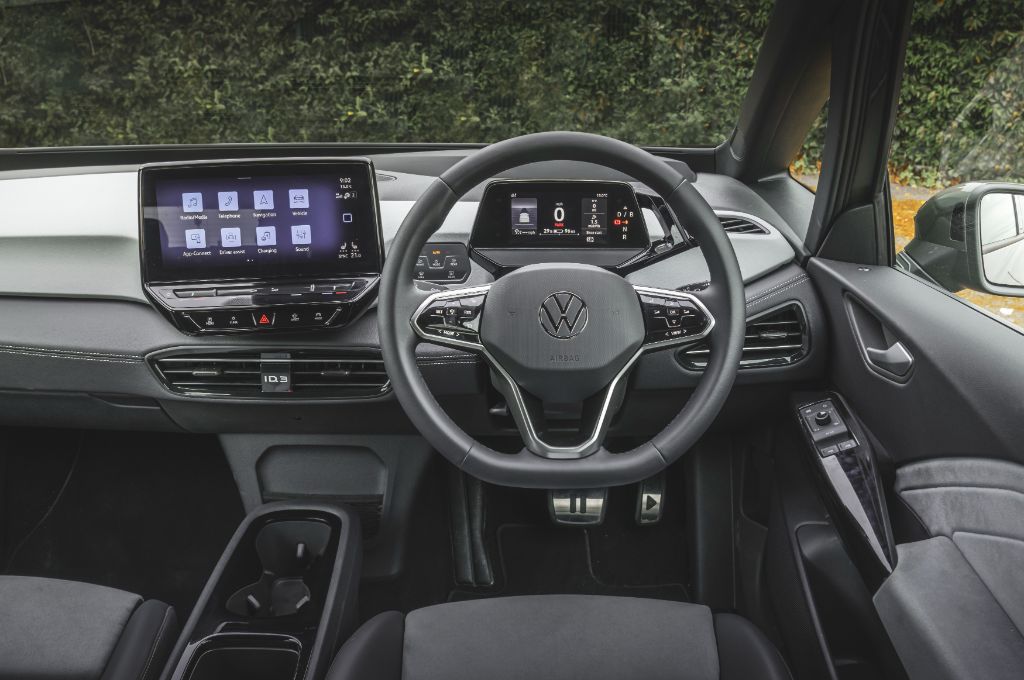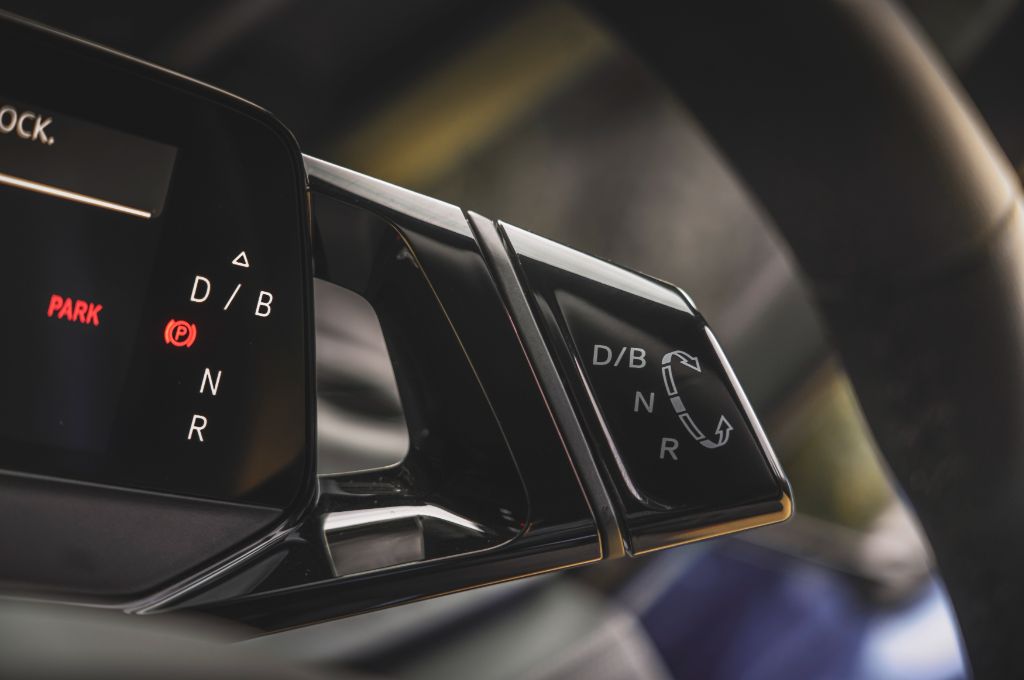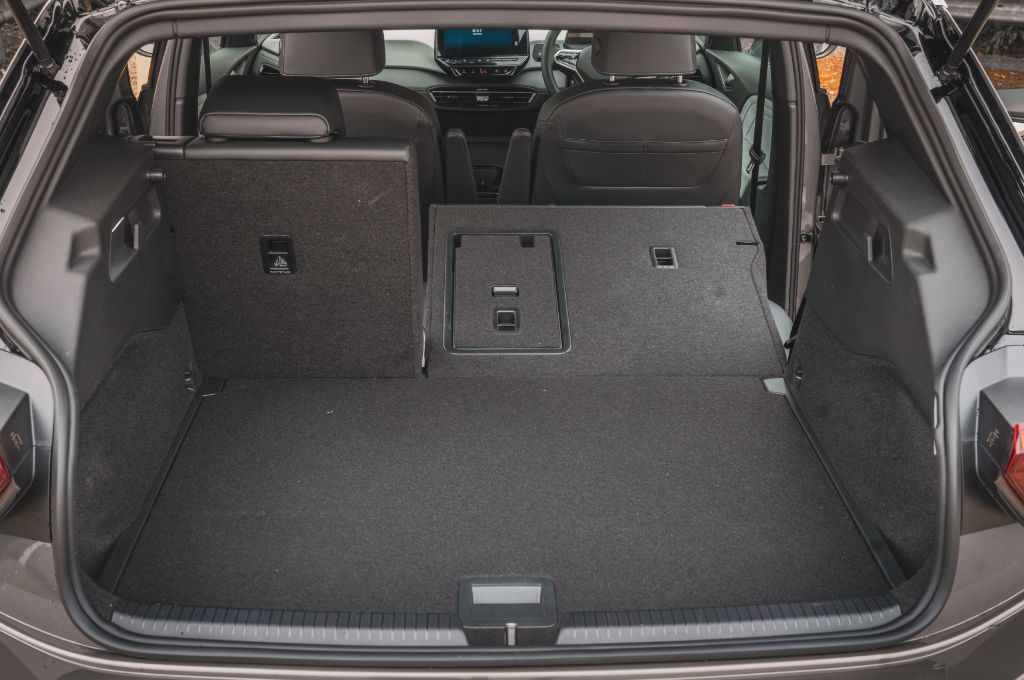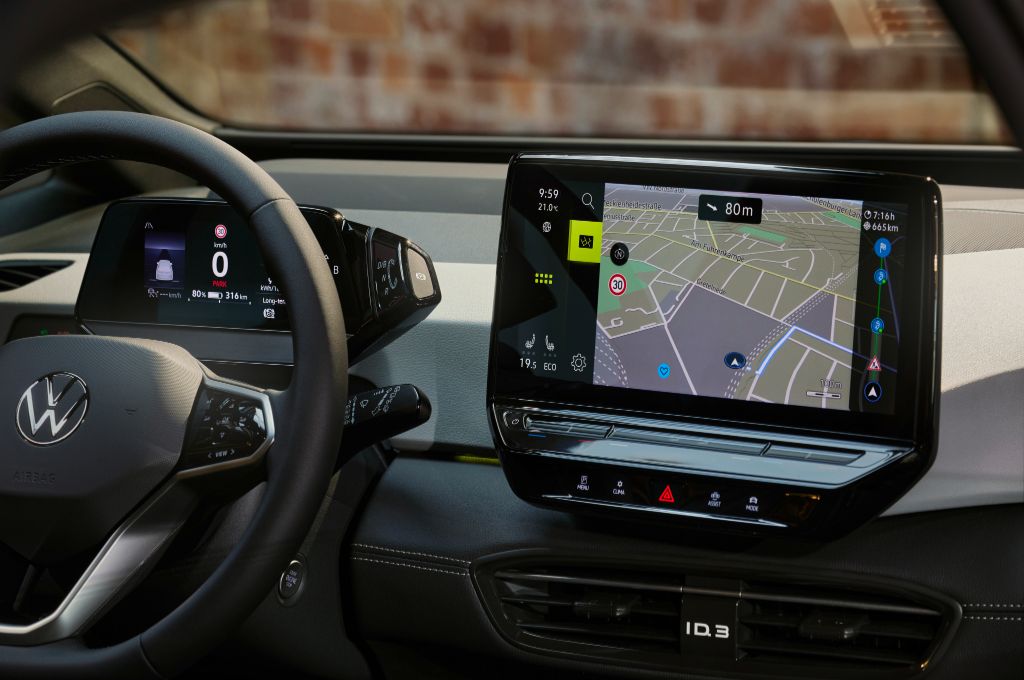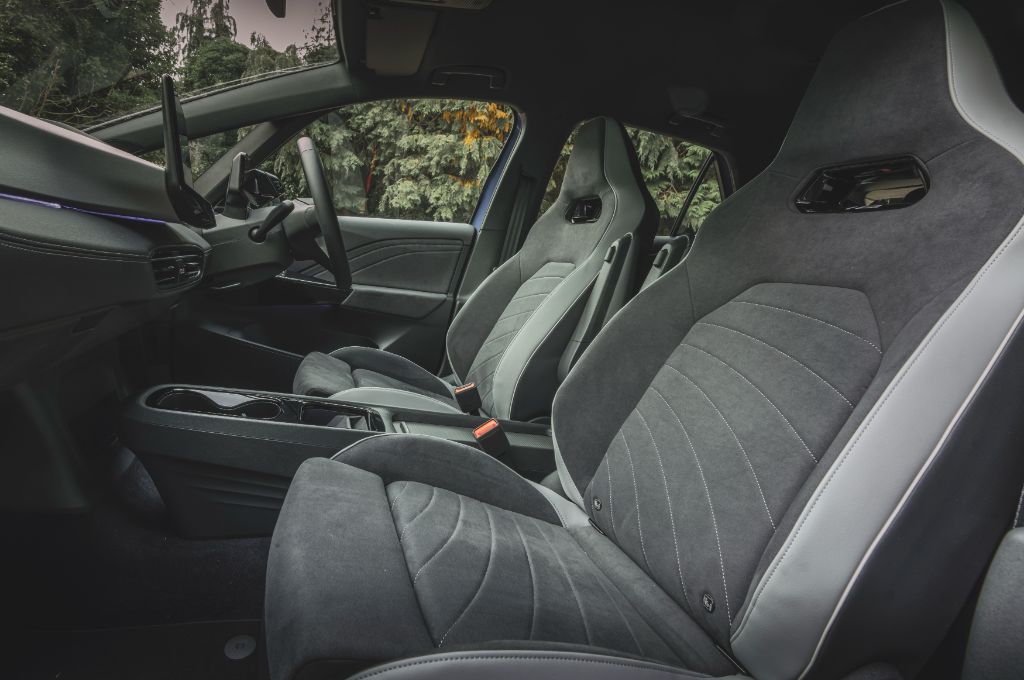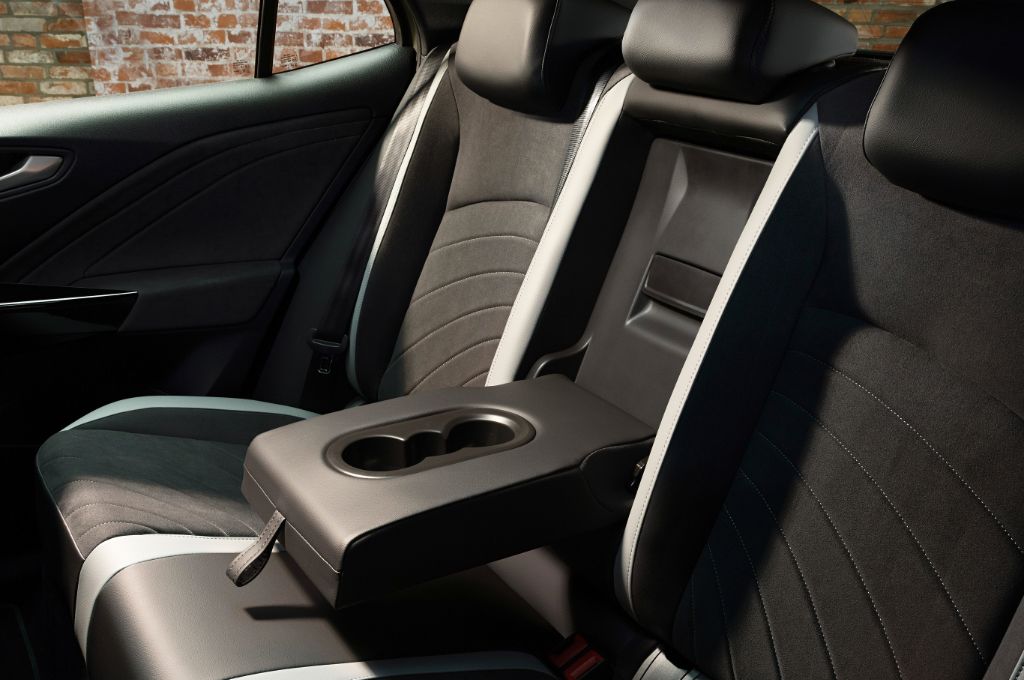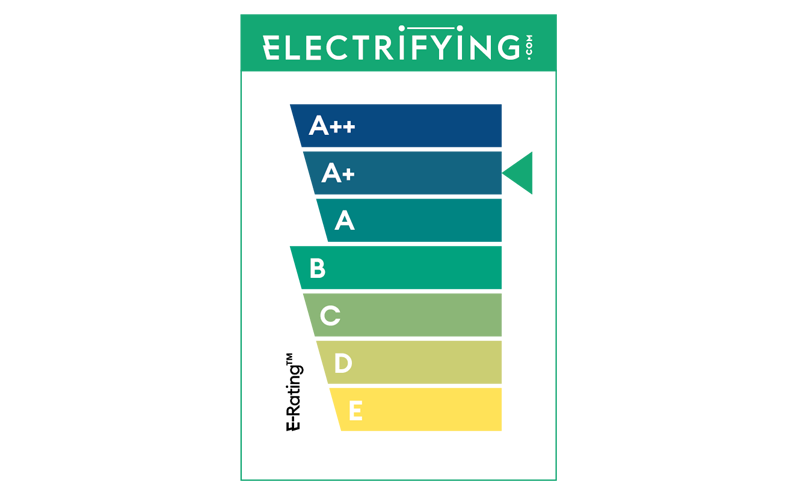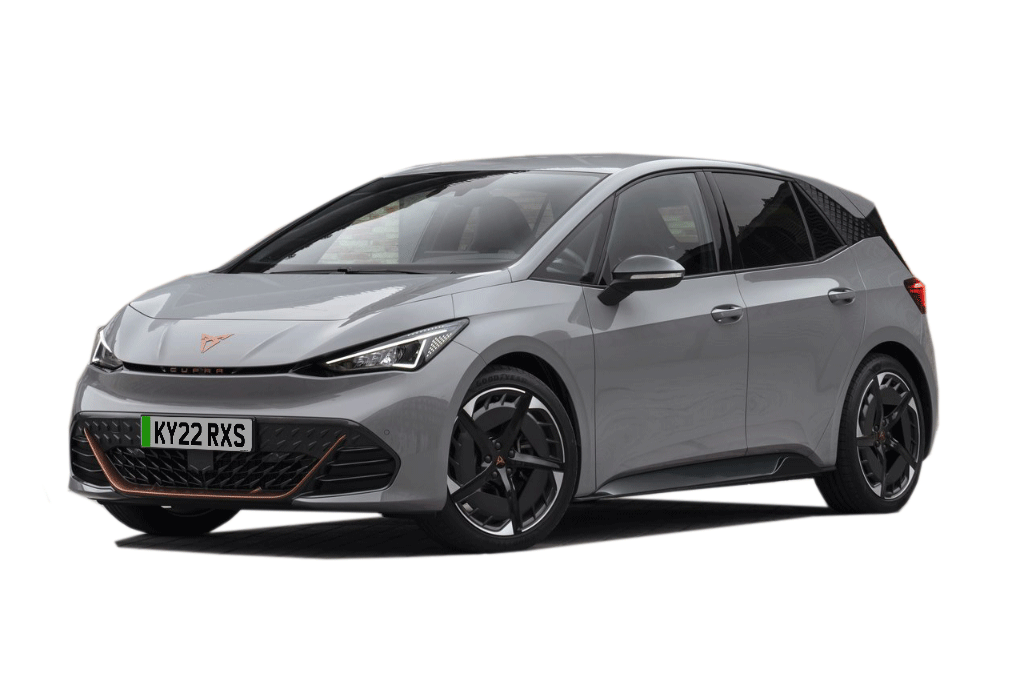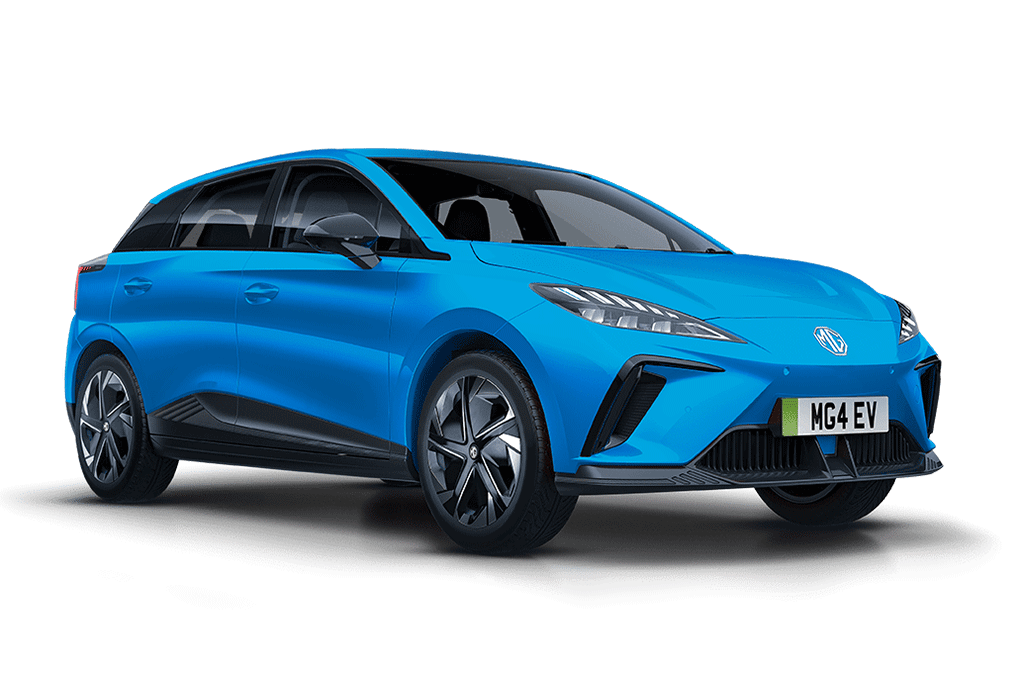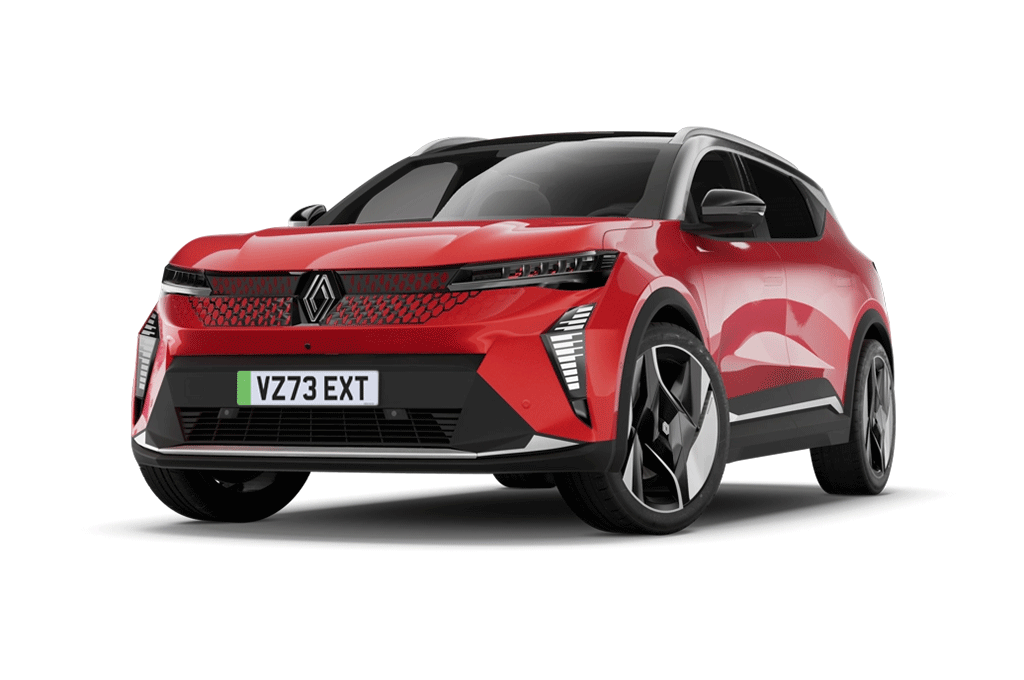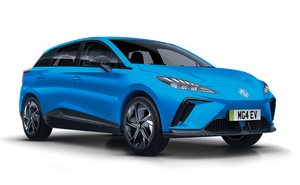Introduction
Volkswagen has, of course, dabbled in electric cars before the ID.3’s arrival, with battery-powered versions of the Golf and Up! city car. The ID.3 is a bit different as it's the first VW to be designed from the ground up solely as an electric vehicle. All of the brand’s future electric cars will use the ID.3 core structure (referred to as the MEB platform) and layout, so it has gone all-out to make sure it is impressive.
How often you need to charge depends on the battery size you choose. As of 2025, you can choose from a 52kWh battery in the entry-level 'Pure' models, or there are 59- and 79kWh batteries for those wanting longer range.
The 59kWh 'Pro' battery pack gets the same 201bhp electric motor as the rest of the ID.3 range, which powers the rear wheels and helps it to a WLTP range of up to 269 miles. That translates to around 190-240 miles in the real world. Having said that, the 240 mile WLTP range of the 52kWh Pure models is more than enough for most buyers, and these models costs usefully less to buy, so do consider that if you're not so fussed about a longer range and a bit more performance. The big 79kWh battery delivers a range of up to 351 miles in the 'normal' ID.3 variants, or the hot ID.3 GTX hot hatch manages 369 miles.
Practicality is good, with very decent passenger space and a big boot, while perceived interior quality also improved noticeably with the 2023 updates. Sure, a Skoda Enyaq is still much more roomy (if also more expensive) and a Cupra Born looks cooler and has a bit more of a sporty feel to it. Other rivals include the Kia EV3, Hyundai Kona Electric, MG4 EV, BYD Atto 3, Nissan Leaf and Renault Megane E-Tech , so the ID.3 is hardly short of competition. It is one of the more affordable options next to many of these rivals, thanks to the smaller battery option.
Verdict
Could the ID.3 make VW fans - and other buyers out there - go electric? We reckon it could. Early problems with the infotainment and control system have been ironed out, and the range now caters really well to those looking for a mid- or long-range family car that's well priced, spacious, comfy and safe. The way you're forced to add pricey equipment packs is a frustration, but even so, with some very competitive monthly finance deals on offer, and a much-improved cabin finish and touchscreen, the ID.3 is still a highly recommendable electric family cars.
Read on for a more in depth look at the range, practicality, performance and pricing of the VW ID.3.





